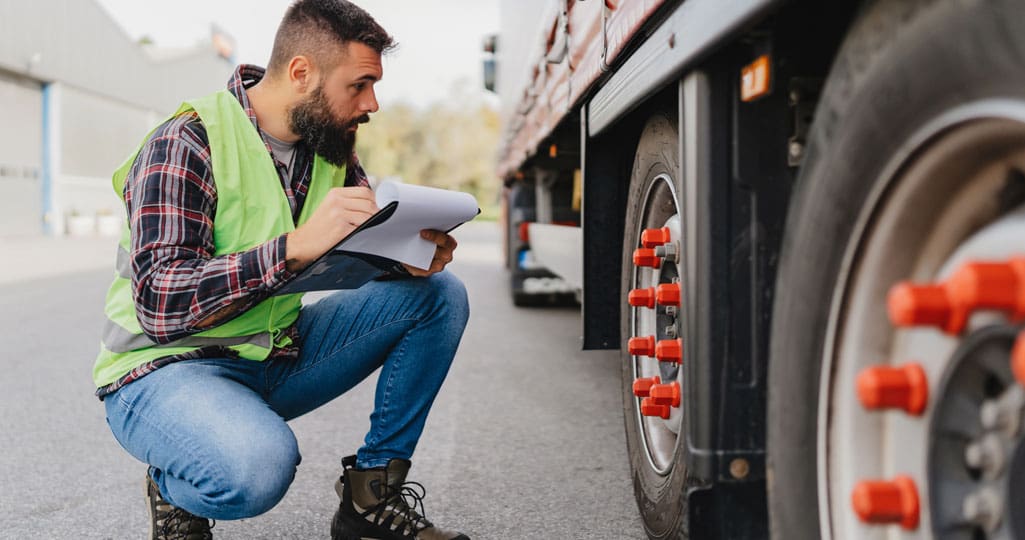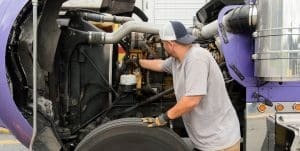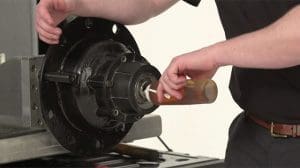At STEMCO, our main goal is to help trucking fleets operate safely and more efficiently. That’s why we always emphasize the importance of routine maintenance and pre-trip and post-trip wheel end inspections.
Early detection is key, so use these preventative maintenance tips to ensure that your fleet keeps running at peak performance. It’s a proven and reliable approach to preventing costly repairs and downtime.
What to Include in a Truck Maintenance Checklist
When it comes to routine wheel end inspections, what should drivers or techs be looking for? Pre-trip and post-trip inspections are nothing complicated, in fact, they’re mostly visual. It’s about prioritizing some time during your trip to take a simple walk around and verify the following:
- Do I smell anything off?
- Do I see any oil leaks?
- Do I see any signs of excessive heat?
- Do my tail lights and turn signals work?
- Do I see anything under the truck that’s dragging or rattling?
- By making a simple semi truck preventative maintenance checklist, you establish a healthy routine before and after hitting the road. The same practice can help to avoid any problems before they happen.
What to Do When Things Go Wrong
Preventative measures like inspections and maintenance checklists are beneficial for your fleet, but what about when things go wrong? Here are three of the most common wheel end problems (and their solutions) to look out for in the months ahead.
Leaking Wheel Seals
Wheel seals do leak at times, so it’s a common issue for technicians to encounter. The good news is that a leaking wheel or hub seal can be easily identified during a routine walkaround or pre-trip inspection. That said, keep an eye out for any signs of oil, or lubrication, leaking down the wheel, tire, or brake drum.
The sooner you address a leaking or failing seal, the better. Catching this early is important because over time, a leaking wheel seal affects your brakes, making them inoperative if the brake pads are soaked. Signs of oil or grease could show up on the outboard or wheel end side, or under the vehicle where the brakes are visible (inboard). Routine walkarounds will help you stay on top of these kinds of issues and save your fleet both time and money.
Excessive Heat Generation
Another common problem found at the wheel end is excessive heat generation. This can lead to serious damage if not addressed properly. While the underlying causes can vary from issues like poor installation or insufficient lubrication, with proper attention and care, it can be prevented.
The simplest test you can do is to lay your hand on the back of the hub and feel for excessive heat. You should be able to touch the hub without burning your hand. The key here is placing your hand on the outer hub (the part with the studs that hold the wheel on). Do not attempt to touch the brake drum or rotor, as temperatures can exceed 400-600 degrees Fahrenheit.
You’ll know you have a problem if there’s a bearing that’s getting too hot, or if you can’t lay your hand on the hub due to heat. Normal operating temperature for a wheel end is about 50-80 degrees above ambient temperature. For example, on a 100-degree day, you’re looking for about 150-180 degrees at the hub.
Preventing this issue is all about routine inspection and regularly monitoring your wheel end temperature. Another helpful, simple step is to purchase an infrared thermometer. These are relatively inexpensive, and having a simple point-and-shoot method of checking temperatures around your vehicle may give you peace of mind. Either way, the same principle applies: consistency is key.
Tire Pressure Issues
Perhaps the most common wheel end issue, which also happens to be the most controllable expense for fleets, is improper tire pressure. As tires wear over time, air pressure seeps out through their porous sidewalls. For many, the changing of seasons is a good reminder to check tire pressures.
Temperature changes have a direct effect on tire pressure levels. The higher the tire pressure, the more change observed when temperatures rise and fall. For example, when tire pressure is between 30–50 psi, you can expect to lose or gain about 1 psi for every 10-degree temperature change. When tire pressure is between 50–100 psi, around 2 psi is gained or lost with every 10-degree shift. Once tires are over 100 psi, about 3 psi is gained or lost by the same variations in temperature.
You may not be able to control the price of diesel fuel, but controlling your air pressure can be beneficial for better fuel efficiency and maximum tire life. These are two expensive components in fleet spending, which is why maintaining proper tire pressure should be a priority.
Check Out Our Additional Resources
By making a routine checklist before and after hitting the road, you can help prevent problems before they happen. And, for most fleets and businesses, this simple practice will protect your bottom line while also avoiding potential legal issues. To learn more about other tips and products that can help streamline your semi truck maintenance schedule or fleet maintenance routine, be sure to explore our other Wheelhouse Blogs.









